cable and conduit questions
ecranny
14 years ago
Related Stories
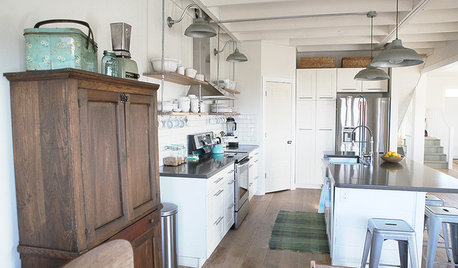
DESIGN DICTIONARYConduit
A conduit inside a building serves as a channel for electrical cables and wires
Full Story0
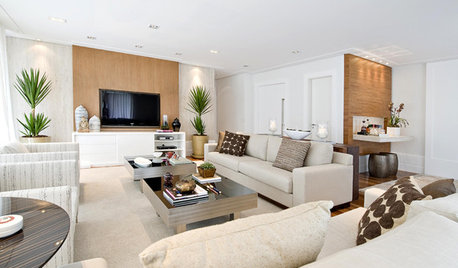
Today's Question: TV Fireplace Dilemma
Should the TV Go Above the Fireplace — or Not? Have Your Say!
Full Story
REMODELING GUIDESConsidering a Fixer-Upper? 15 Questions to Ask First
Learn about the hidden costs and treasures of older homes to avoid budget surprises and accidentally tossing valuable features
Full Story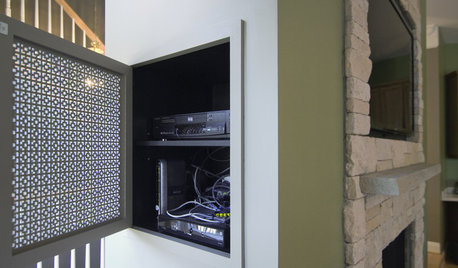
DECORATING GUIDESHow to Hide Your TV Cables
Make your TV room clutter-free by hiding your electronics in the wall
Full Story
BATHROOM DESIGNHow to Settle on a Shower Bench
We help a Houzz user ask all the right questions for designing a stylish, practical and safe shower bench
Full Story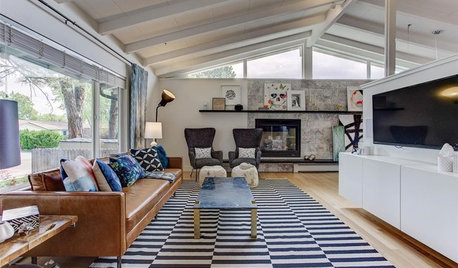
MOST POPULARHow High Should You Mount Your TV?
Today we look at an important question to consider when locating your television: How high should you set it?
Full Story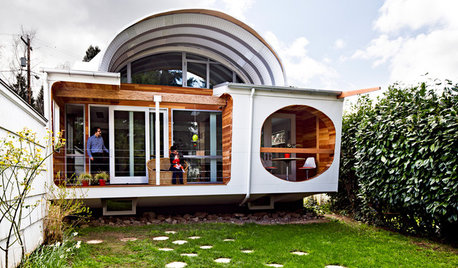
HOUZZ TOURSHouzz Tour: A 'Portlandia' Home Raises an Eyebrow
Cable TV came calling for this quirky home in Oregon, and it played its spaceship part to a T
Full Story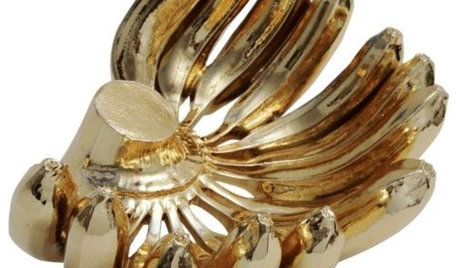
DECORATING GUIDESDecorate With Intention: To Buy or Not to Buy
Before you make your next home-decor purchase, ask yourself these 10 questions
Full Story
FLOORSWhat to Ask When Considering Heated Floors
These questions can help you decide if radiant floor heating is right for you — and what your options are
Full Story
FLOORSIs Radiant Heating or Cooling Right for You?
Questions to ask before you go for one of these temperature systems in your floors or walls (yes, walls)
Full StoryMore Discussions








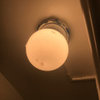

brickeyee
ecrannyOriginal Author
Related Professionals
Anchorage General Contractors · Dardenne Prairie General Contractors · De Luz General Contractors · Janesville General Contractors · Martinsville General Contractors · Peoria General Contractors · Albany Solar Energy Systems · Danville Solar Energy Systems · Little Ferry Solar Energy Systems · Chicago Home Automation & Home Media · Norridge Home Automation & Home Media · North Merrick Home Automation & Home Media · Pittsburgh Home Automation & Home Media · Saint Petersburg Home Automation & Home Media · Southlake Home Automation & Home Mediachristophersprks
ecrannyOriginal Author
brickeyee
DavidR
brickeyee
normel